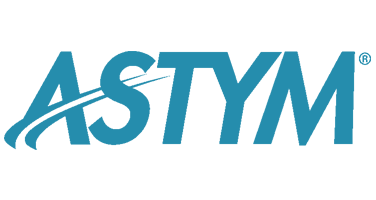
05 Nov Research on Astym: Summary of Astym Treatment’s Evidence Base
At its core, Astym treatment was developed from solid basic science research to stimulate regeneration at a cellular level. Following that, there were a number of case studies published and then a randomized controlled clinical trial on patellar tendinopathy. A large randomized controlled clinical trial on lateral epicondylosis was awarded a platform presentation at the American Society for Surgery of the Hand’s national meeting, and is now being submitted for publication (for more information on this study, click here.)
Several other studies have also been completed and are being prepared for publication or submitted for publication. To see a full listing of research on Astym treatment, visit our research page.
One of the main reasons for the effectiveness of Astym treatment is its sound evidence base. Astym treatment was scientifically developed to target the true underlying cause of many soft tissue problems: degeneration and inappropriate scarring/fibrosis that interferes movement and causes pain. One of the factors that guided the scientific research and development of Astym treatment was medical science’s recent discovery that tendinopathy is degenerative (worn or broken down) in nature and only rarely has a component of inflammation (the body’s immune system actively responding to an injury or threat). Generally, most treatments of tendinopathy focus on reducing inflammation, and those treatments have not been very successful. In light of the recent evidence indicating that degeneration is the underlying cause of tendinopathy, Astym treatment was developed with a focus on stimulating the regeneration of healthy tissue, rather than on reducing inflammation, and that is one reason why Astym is so effective at resolving tendinopathies.
In addition to ongoing clinical and scientific research, the Astym program also emphasizes the collection of practical, clinically useful information. Astym treatment has put major effort into developing a reliable national outcomes collection system and database, where clinicians from all across the country independently enter data to create a national bank of dependable outcomes data. These outcomes (treatment results) show the percentage of people with each condition that resolve (get better). Not only does this provide a good real-world evidence base for Astym treatment, it also allows patients and health care providers to know how many treatments it should take to resolve a certain condition, and what percentage of those cases should resolve. For instance, for a patient with plantar fasciitis, you can predict that in 10 therapy visits, 91.8% of patients will be improved or much improved. The Astym website provides a full listing of diagnoses and outcomes as well as a full directory of Astym certified providers by search.




